This is a popular science article specifically explaining the knowledge related to charging new energy vehicles. If you are considering a new energy vehicle, then the following content will be the knowledge you must master.
How to Charge?
Using the charging station of your exclusive brand, Tesla, NIO, and XPeng all have exclusive charging stations. The usage is as follows:
Tesla
After arriving at the Supercharger, click on the red station where you are located on the central control screen to see the Supercharger password in your area. After remembering it, scan the QR code of the corresponding parking space with your mobile phone and fill in the password. The ground lock of the parking space will drop. Reverse into the parking space, pick up the charging gun, and press the button on the charging gun to open the charging port of the car on the left rear of the car, and plug it into the vehicle interface.
NIO and XPeng
After parking in the designated space, insert the charging gun into the vehicle interface. Use the relevant brand app to scan the QR code and follow the prompts to start charging.

For third-party-operated charging stations, currently well-known third-party charging brands in the market include State Grid, Xiaoju Charging, Xingxing Charging, and TELD. The usage is as follows:
The charging methods of these three brands are basically the same, “example pictures are from Xiaoju Charging.”
- Download the corresponding brand app/Open their mini-program
- Find nearby stations “recommended self-operated type”
- After arriving at the charging space, insert the charging gun into the charging port of the vehicle, and then follow the prompts on the charging pile to continue charging.
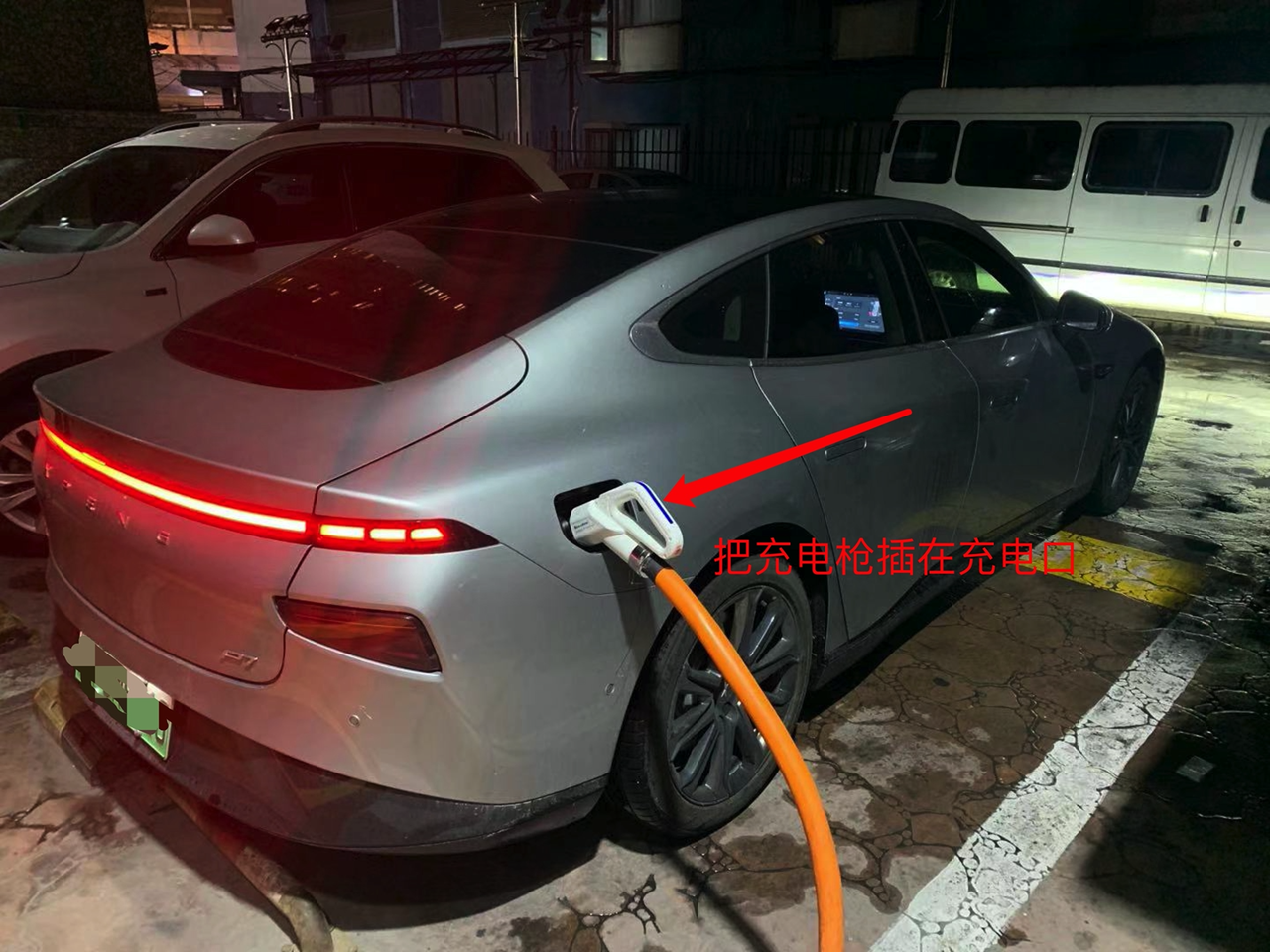
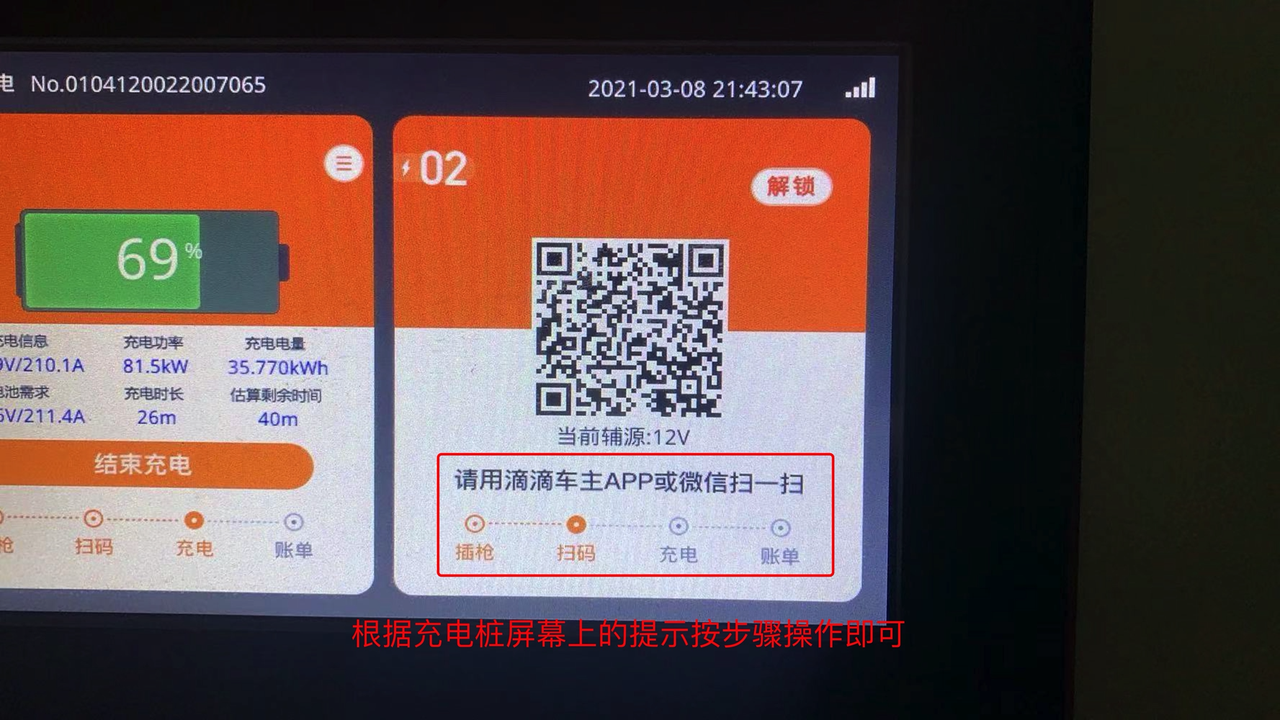
- If you have a long-term lease or purchased parking space at home and communicate with the property, you can generally install a home charging pile “slow charging”.
Usage: Drive directly into the parking space, open the charging port, and plug in the charging gun to charge.
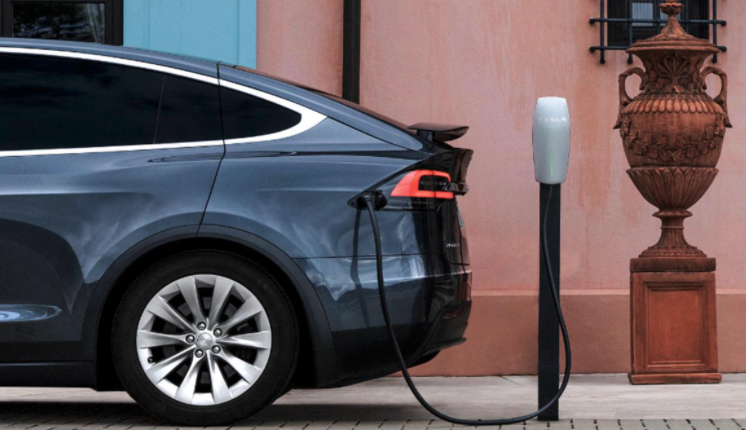
- If you have access to plugs at places you frequent, “having a storefront, living on the first floor, having a yard at home, the company can provide a power outlet, etc.”, then you can also use a portable charger to charge.
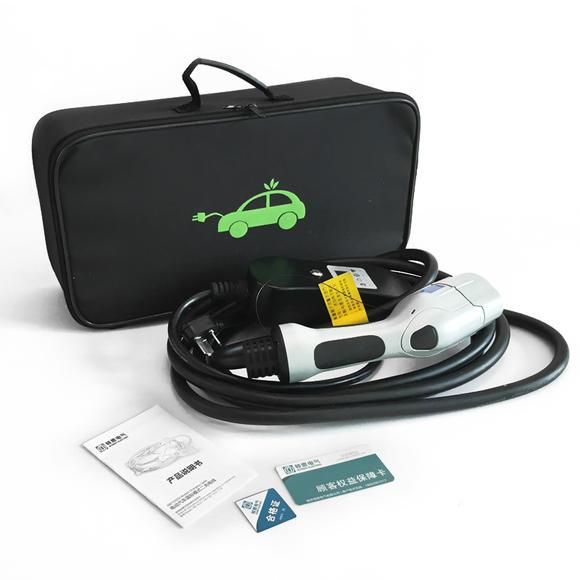
- Some brands also have their own exclusive “battery swapping stations”. After the battery runs out, you can go to the battery swapping station to replace it. Currently, the only brand that provides this to private car owners is NIO.## What’s the difference between “Slow AC Charging” and “Fast DC Charging”?
Slow AC Charging (“Usually Installed in Private Parking Spaces or Public Parking Spaces in Residential Areas”)
If you have your own long-term lease or purchased parking space, you can generally install a private AC charging station after communicating with the property management. Its charging speed is between 7kW-11kW peak power, which means 7-11 kWh per hour. Taking the currently available Tesla Model 3 Standard Range Plus as an example, its battery capacity is 55 kWh, and theoretically it takes between 5-7.8 hours to charge from empty to full.
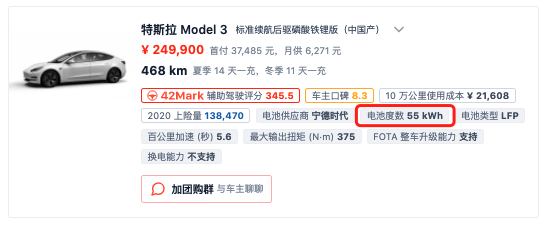
Fast DC Charging (“Brand Exclusive Supercharging Stations, Third-Party Fast Charging Stations”)
At present, domestic car companies such as Tesla, NIO, and XiaoPeng have brand exclusive supercharging stations with a relatively wide coverage. The supercharging station’s experience is the best charging service experience on the market. They are generally built in areas where parking resources are relatively good, such as shopping mall parking lots, office building parking lots, and park parking lots. They are also easy to find. They have a logo on their own car map, as shown below:

You can also find them on the brand exclusive APP. If there is a brand exclusive supercharging station within 3-5 km near your home or workplace, then your driving experience will be great!
If your daily travel distance is within 50 km, even including loss, taking a car model with a mainstream NEDC range of 400-500 kilometers as an example, you can basically charge once a week.
Charging takes about 40-60 minutes each time, and electronic devices in the car can continue to be used during the charging process. You can sleep, watch videos, or visit the shopping mall, park, etc. where the supercharging station is located. This time is also good for killing time.

Third-Party Fast Charging Stations
This is currently the most common and widely covered charging solution on the market. Each region also has its own local charging pile operation brand, and there are many charging brands on the market, including State Grid, Southern Power Grid, TELD, Xingxing, and Xiaojv. Like those branded piles, they are also set in some places with more parking resources. Some highways are also covered by branded charging piles of State Grid and Southern Power Grid.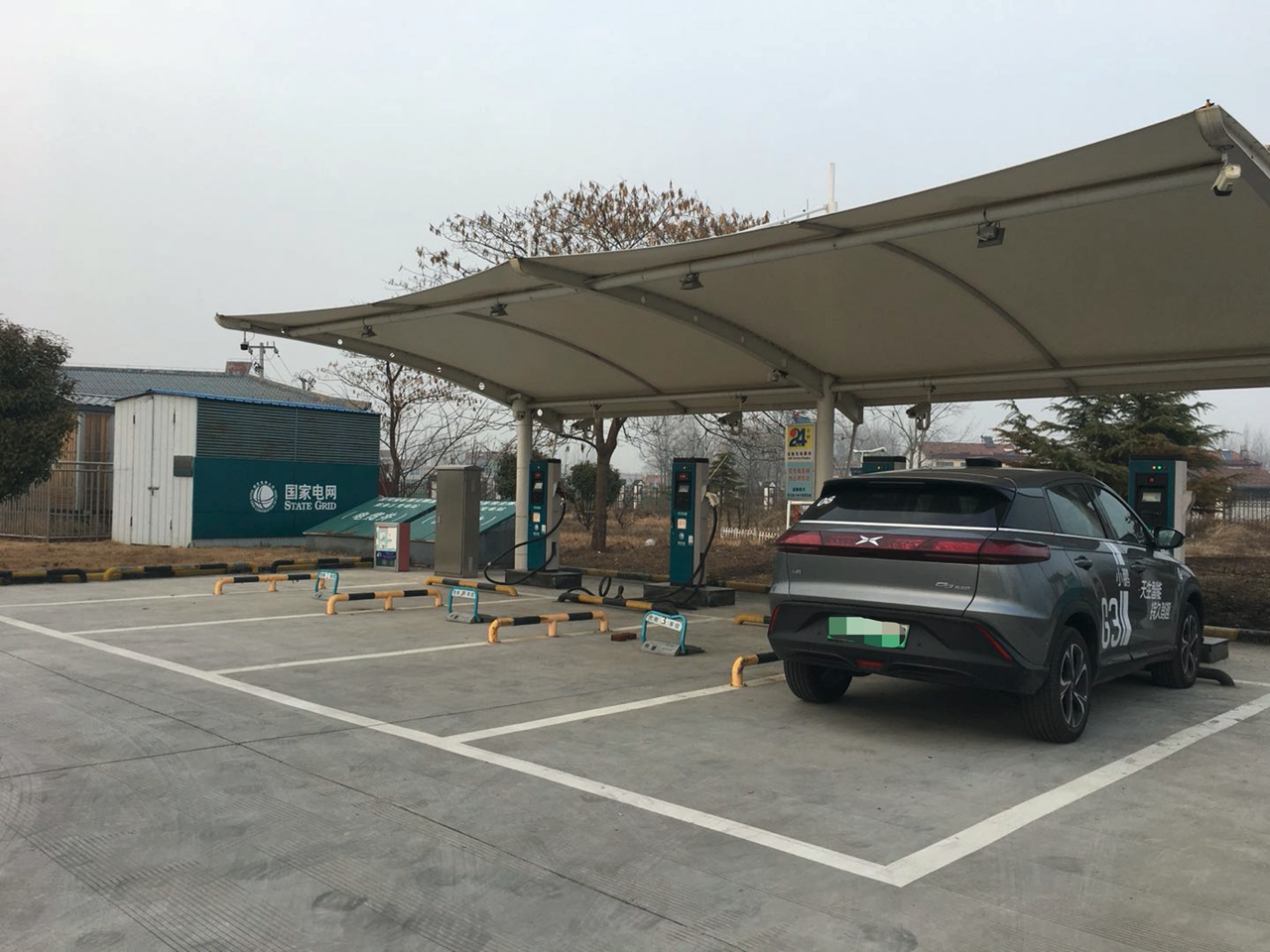
How to find third-party charging stations?
The most direct way is to download an app that covers multiple charging station brands. Here, I recommend using Gaode Map’s charging station function or “Jiadian APP” to find the charging stations near you. In addition to covering charging brands, it also provides information on the status and type of charging stations, whether they are fast or slow, and the evaluations of other car owners.
Friendly reminder: if you find it troublesome to open the app every time, you can drag the “Charging Map” function to the top.
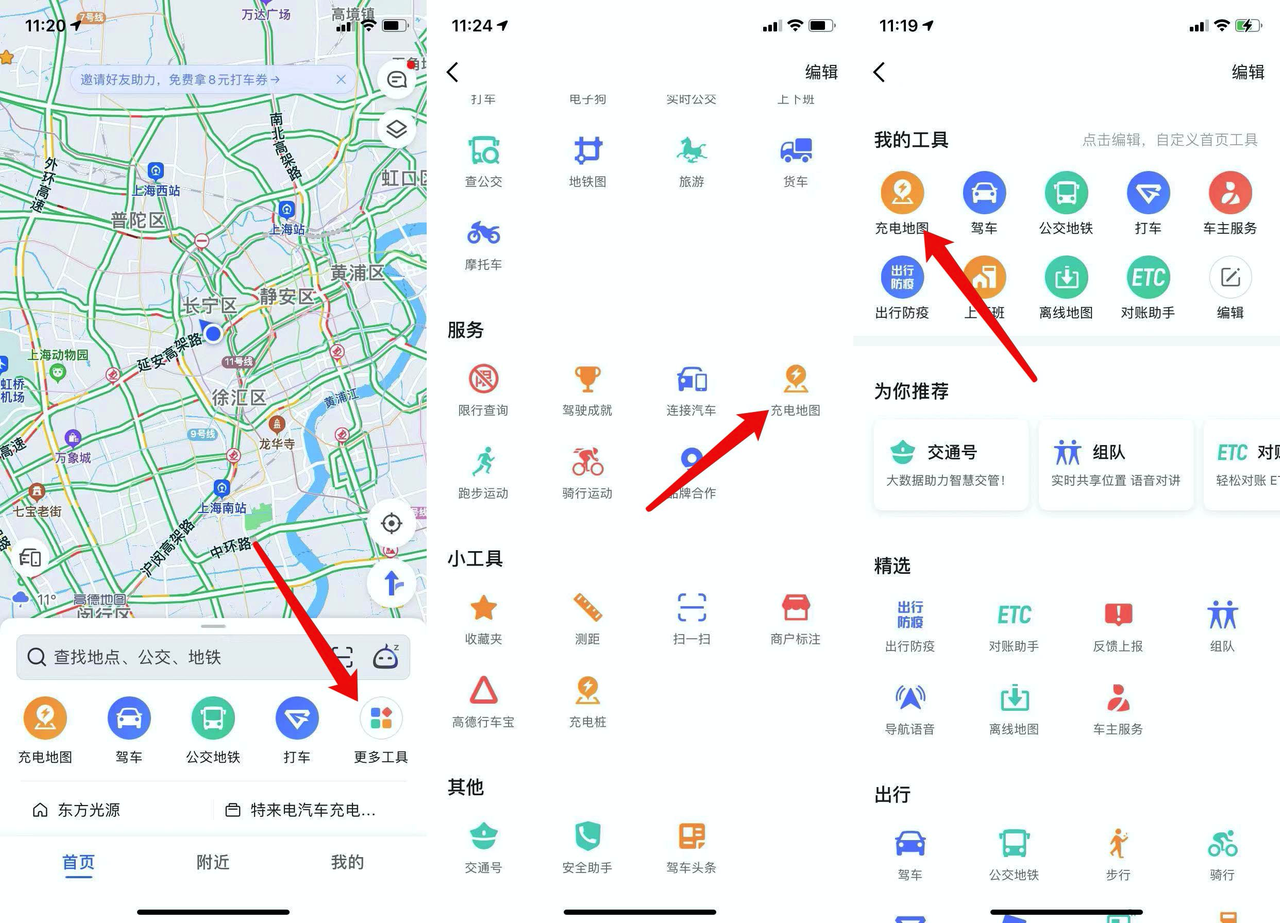
Note that some charging stations in government agencies, bus companies and other special areas are not open to the public. Therefore, if you cannot charge at home or at work, it is recommended that you conduct on-site investigation of the surrounding charging environment to confirm whether the site is often used and convenient to access. This will give you a rough idea of the charging time and distance.

Can’t install a charging station, does that mean you can’t buy an electric car? Are there any alternatives?
Alternative one
Using exclusive brand charging stations or third-party fast charging stations is the most common way for most electric vehicle owners to recharge. As long as you have a stable and reliable exclusive brand charging station or third-party fast charging station within 3-5km of your home or workplace, your driving experience can be fully guaranteed.

Alternative two
If there is a regular socket available near your parking space (a 16A socket is preferable) or if you can use a socket in the place where you often park (coordinate with your neighbors, shops, restaurants, or use your own if you live on the first floor), you can use a “portable onboard charger” to charge the car.
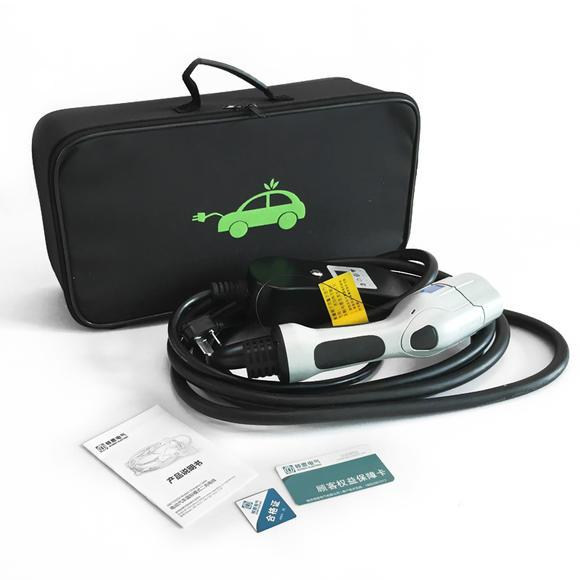
16A socket: generally used for high-power home appliances such as air conditioners, the charging power is about 3.5 kW (3.5 kilowatt-hours per hour).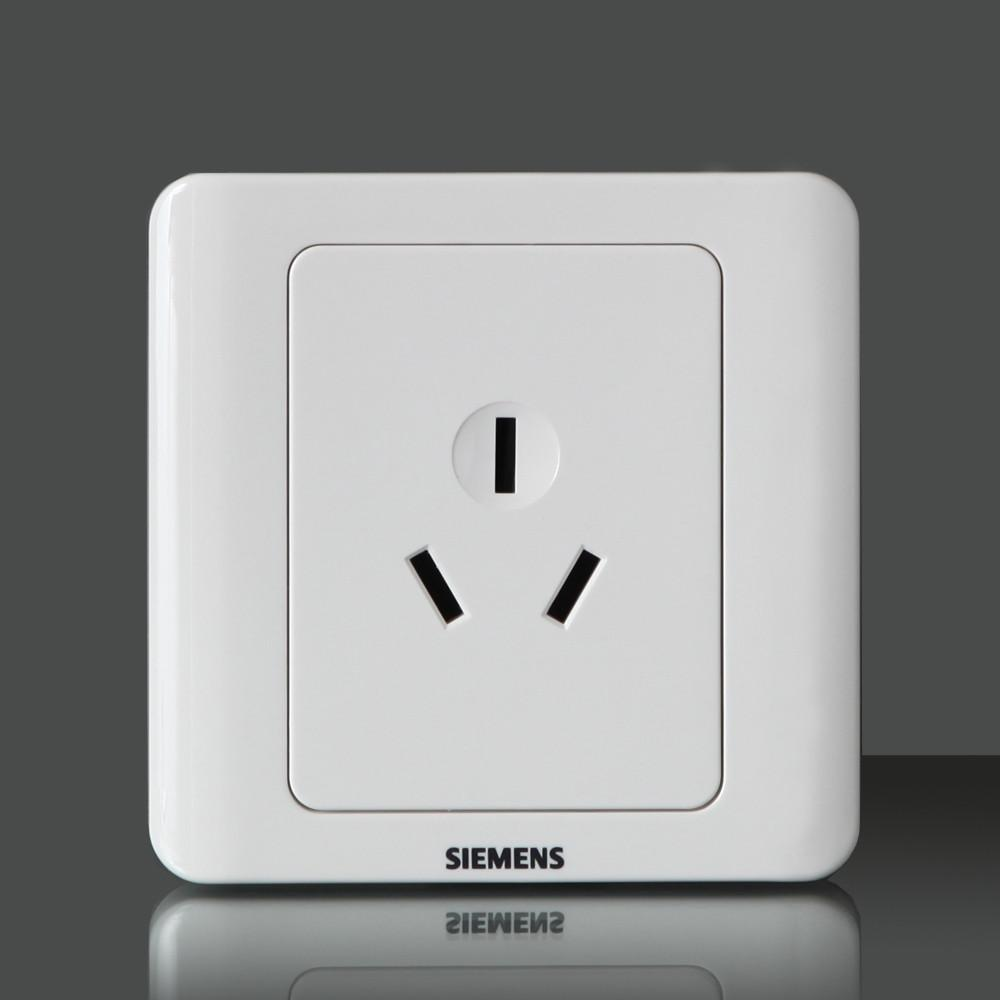
Don’t worry about being slow. Let’s take the Tesla Model 3 Standard Range Plus as an example. Its total battery capacity is 55 kWh. Assuming you arrive home at 20:00 every night and depart at 8:00 the next morning, you will get nearly 40 kWh of energy after 12 hours, even after losses. If your daily round-trip commute is within 100-200 km, then this charging speed is more than enough for your needs. Even if you purchase a model with a larger battery, 40 kWh per day is sufficient.
10A Socket: This socket is ubiquitous and can be used with any socket that is usable for ordinary electrical appliances such as mobile phones, rice cookers, and hair dryers.
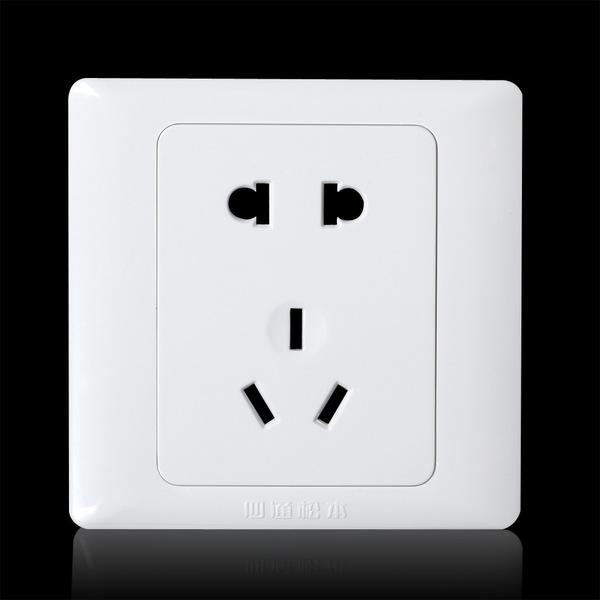
This charging speed is slower and will be between 1.2-2 kWh. Assuming the same 12-hour charge period, charging overnight will receive 14.4-24 kWh. Although this charging speed cannot be compared to a 16A socket, it is sufficient if your daily round-trip distance is within 50 km.
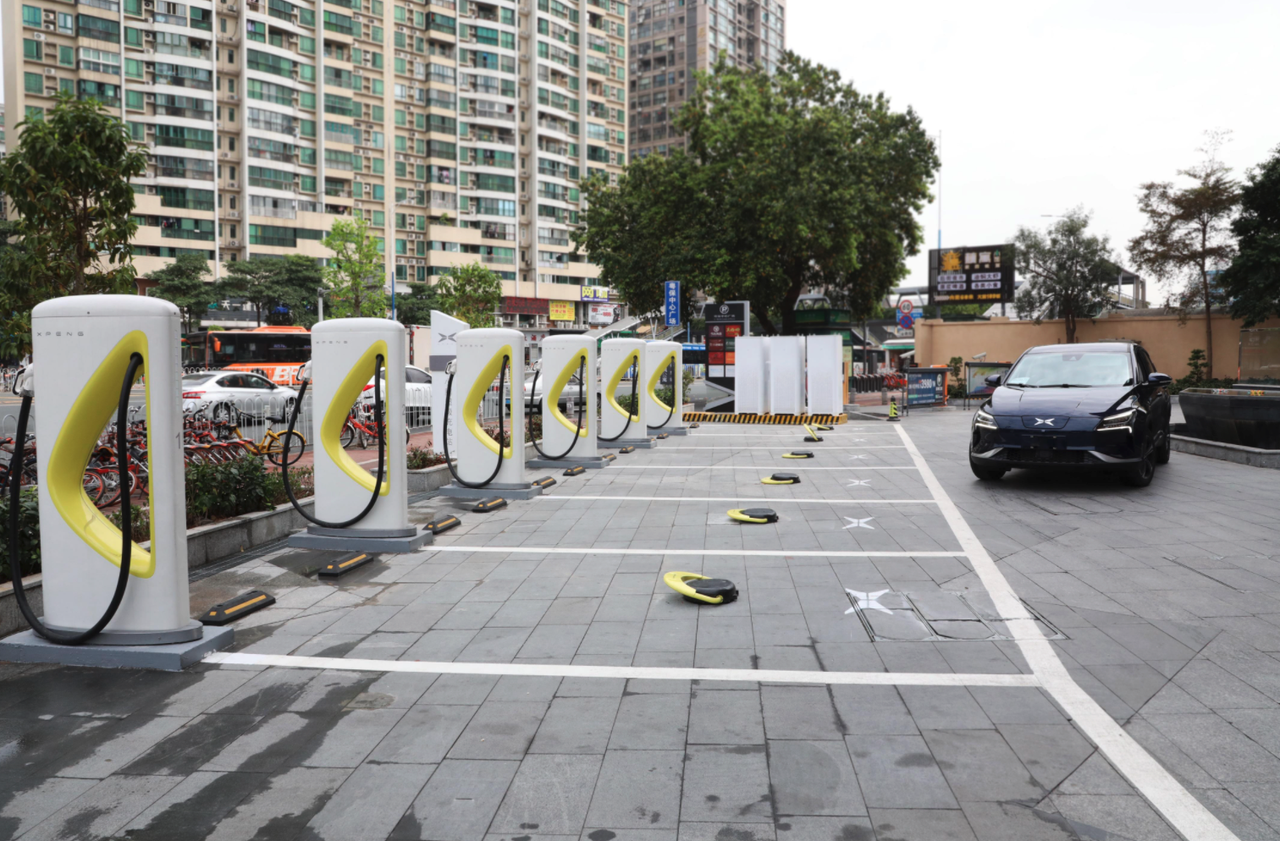
What if the car runs out of power?
We have many free road rescue opportunities provided by the purchased insurance company. Just call the insurance company and inform them that my car cannot be driven on the road. The insurance company can contact nearby towing companies to tow you to the nearest charging station for charging. However, this is a last resort when there’s no other option, so it’s better to plan and consider your vehicle usage beforehand.
How to plan a long-distance trip? How to calculate the required driving time?
There are now many service areas on highways equipped with charging stations from the National Grid and Southern Grid. It is easy to find them. Just open Amap or Baidu Maps, input your route, click the “Along the Way” function and select the “Charging Station” map. It will automatically mark the charging stations along the way. Then add them to the waypoints for this navigation based on your vehicle’s driving range. It is worth noting that charging time is not included in the calculation time of the map, so you need to calculate it separately.
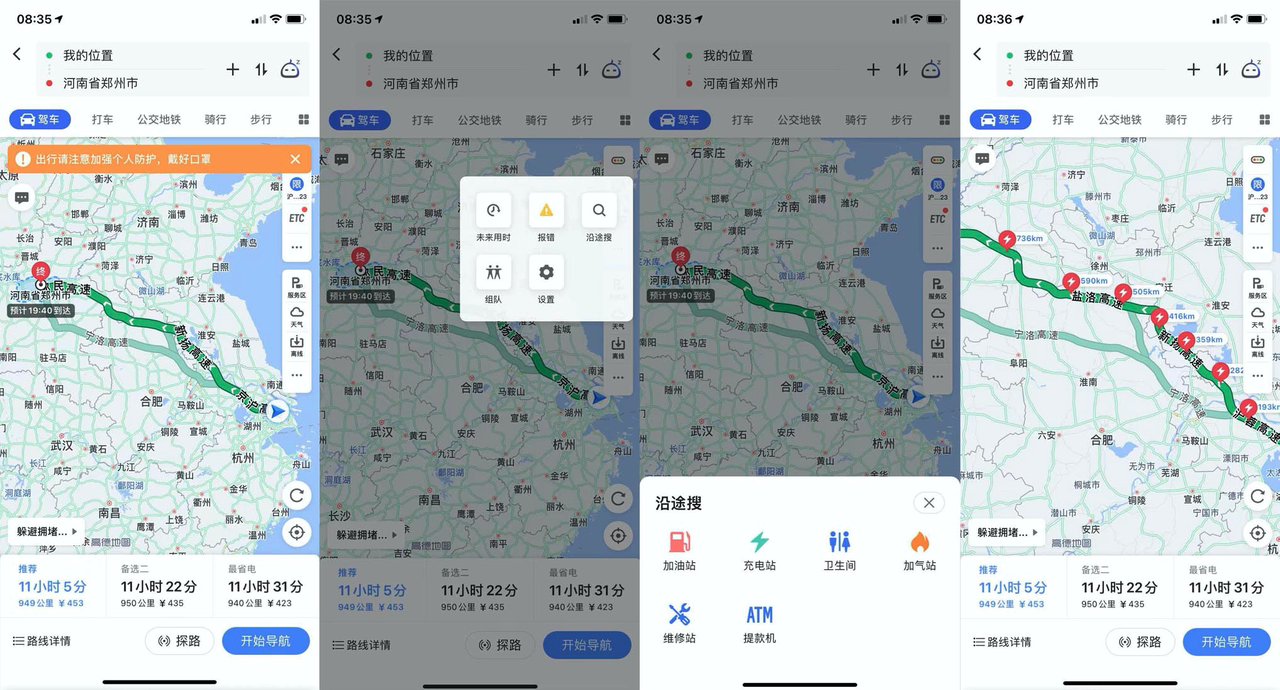
That’s all for this electric car science article. If there are any questions you would like me to answer, please leave a comment in the comment section, and I will continue to do my best to help.
This article is a translation by ChatGPT of a Chinese report from 42HOW. If you have any questions about it, please email bd@42how.com.
